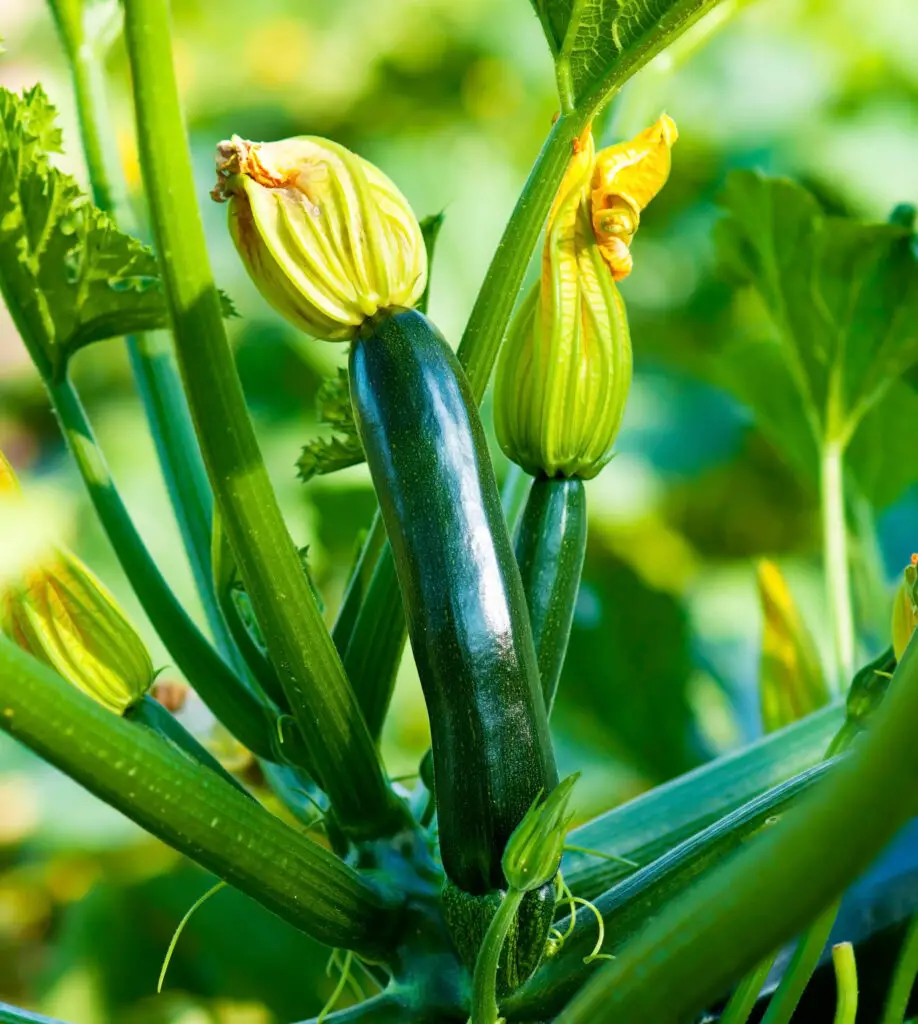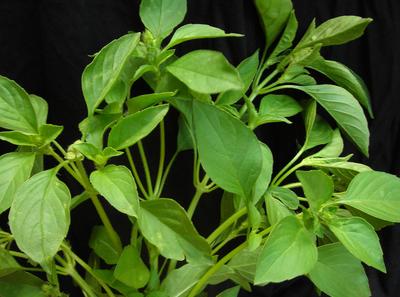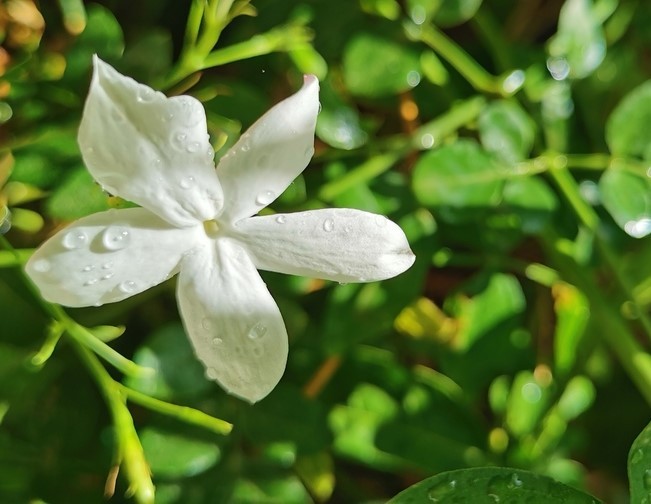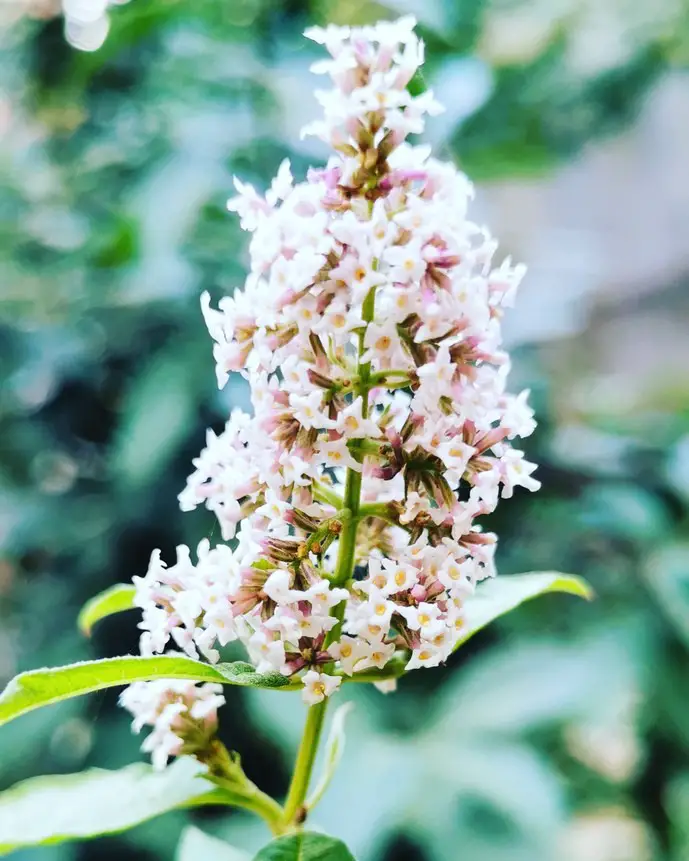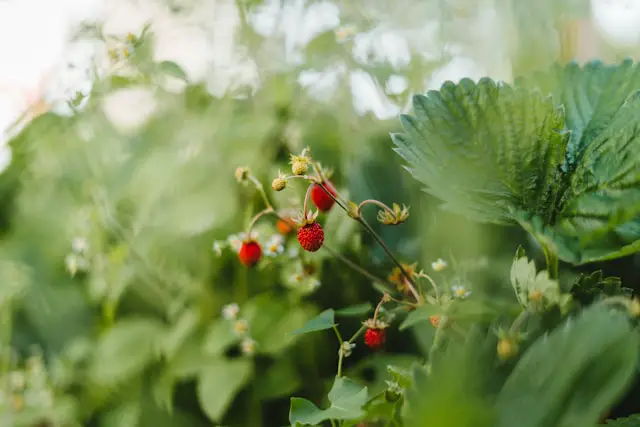
Ever marveled at the size of strawberries in a grocery store and wondered why yours don’t measure up? Strawberries are a beloved fruit known for their sweet and tangy flavor. However, if you’ve ever wondered why strawberries are small and won’t grow bigger, this article will show you how to improve strawberry size.
We’ll explore the various factors that can affect strawberry size and provide tips on how to optimize their growth for larger and juicier berries.
1. Variety of the Strawberry
The choice of strawberry variety plays a significant role in determining the size of the berries. Some strawberry varieties naturally produce smaller fruits, while others are bred for larger berries. When selecting strawberry plants, consider choosing varieties known for their larger fruit size, such as ‘Seascape,’ ‘Chandler,’ or ‘Albion.’
Additionally, certain wild strawberry species, like the Alpine strawberry, produce smaller berries. These wild varieties are often grown for their unique flavor rather than their size. If you prefer larger strawberries, opt for cultivated varieties.
Recommended Strawberry Varieties for Better and Bigger Berries
Below is an organized table that outlines recommended strawberry varieties for better and bigger berries, tailored to specific regions and weather conditions.
| Variety | Description | Best Regions | Weather Suitability | Planting Schedule |
|---|---|---|---|---|
| Chandler | Large, sweet berries, popular for flavor and size. Excellent for fresh eating and preserves. | Cooler regions, Pacific Northwest, Northern states | Cool to Temperate | Early spring for late spring to early summer harvest. |
| Honeoye | Large, firm berries with a bright, tangy flavor. High yield and vigorous growth. | USDA zones 3-8 | Cool to Temperate | Plant in spring for early summer harvest. |
| Seascape | Produces large, flavorful berries. Everbearing variety that tolerates a wide range of climates. | Versatile, suitable for many regions including Coastal areas | Cool to Warm | Plant in late winter to early spring for multiple harvests through summer and fall. |
| Camarosa | Large, firm berries with excellent shelf life. Ideal for commercial growing and home gardens. | Warmer regions, well-adapted to Southern states | Warm to Hot | Plant in fall for winter to spring harvest in warm climates. |
| Albion | Known for its large, sweet, and firm berries. Disease-resistant and high yielding. | Wide adaptability, especially California and the West Coast | Cool to Warm | Plant in early spring for harvest through summer and fall. |
| Sweet Ann | Large, exceptionally sweet berries with a strong aroma. Great for organic growing. | Ideal for Northeastern and Mid-Atlantic regions | Cool to Temperate | Plant in early spring for a mid to late summer harvest. |
This table should help you in selecting the right strawberry variety based on your region and the specific weather conditions prevalent there. Remember, successful strawberry cultivation also depends on proper care, including soil preparation, watering, and fertilization, tailored to the needs of the variety you choose which is all mentioned in this article.
2. Strawberries Might be Lacking Pollination
Strawberries require proper pollination to develop fully. If strawberries are not adequately pollinated, they may remain small in size. Bees and other pollinators play a crucial role in transferring pollen between strawberry flowers. To attract pollinators to your garden, plant flowers that provide nectar and pollen, such as marigolds or lavender. Additionally, avoid using pesticides that can harm pollinators.
If you notice a lack of pollinators in your garden, you can also hand-pollinate strawberry flowers. Gently brush the stamens of one flower against the pistil of another flower to transfer the pollen manually. This can help ensure proper pollination and promote larger fruit development.
3. Your Strawberries Have Insufficient Nutrients
Strawberries are heavy feeders and require a nutrient-rich soil to thrive. If the soil lacks essential nutrients, the strawberries may not reach their full potential in terms of size. Ensure that your strawberry plants receive adequate amounts of nitrogen, phosphorus, and potassium, either through organic fertilizers or compost. Regularly feeding your plants will help promote healthy growth and larger berries.
Learn How to Make Nitrogen Fertilizer at Home and How to Make Organic Magnesium Fertilizer at Home
In addition to the primary nutrients, strawberries also benefit from micronutrients like calcium and magnesium. These nutrients contribute to the overall health and size of the berries. Consider adding amendments like bone meal or crushed eggshells to provide these essential micronutrients to the soil.
4. Watering and Irrigation Can be the Cause of Small Strawberry Harvest
Proper watering is crucial for strawberry plants to develop plump and juicy berries. Inconsistent watering or overwatering can lead to smaller fruit size. Strawberries prefer moist but well-draining soil. Water deeply and evenly, ensuring that the soil is consistently moist but not waterlogged. Mulching around the plants can help retain moisture and regulate soil temperature.
During the fruiting stage, it’s important to maintain consistent moisture levels to support berry development. Dry periods followed by heavy watering can cause the berries to split or become misshapen. Consider using drip irrigation or soaker hoses to provide a steady supply of water directly to the roots.
5. Temperature and Weather Play an Issential Role for Strawberries’ Growth
Strawberries thrive in cool temperatures, and extreme heat can negatively impact their growth and fruit size. High temperatures can cause the berries to ripen quickly and become smaller in size. To protect your strawberries from excessive heat, consider providing shade or using shade cloth during hot summer days. Additionally, strawberries may not grow as large in regions with short growing seasons.
In regions with hot summers, consider planting strawberries in areas that receive morning sun and afternoon shade. This can help prevent the plants from overheating and promote better fruit development. If you live in a region with a short growing season, choose early-maturing strawberry varieties that have enough time to develop before the first frost.
6. Crowded Planting
Planting strawberries too close together can result in smaller berries. Crowded plants compete for resources such as sunlight, water, and nutrients, which can limit their growth potential. To ensure optimal growth and larger berries, provide enough spacing between strawberry plants. Aim for a distance of about 12 to 18 inches between each plant.
Proper spacing allows each plant to receive adequate sunlight and airflow, which are essential for healthy growth. It also reduces the risk of diseases by preventing the spread of pathogens in crowded conditions. Additionally, proper spacing makes it easier to access the plants for maintenance tasks like watering, fertilizing, and harvesting.
7. Pest and Disease Pressure
Pests and diseases can also affect the size of strawberries. Common pests like aphids, slugs, or spider mites can damage the plants and hinder their growth. Similarly, diseases like powdery mildew or gray mold can weaken the plants and reduce fruit size. Implement proper pest and disease management practices, such as regular inspections, removing affected plants, and using organic pest control methods when necessary.
Encouraging beneficial insects like ladybugs and lacewings can help control pest populations naturally. Regularly remove weeds and debris from the strawberry patch to minimize hiding places for pests and diseases. Additionally, ensure good air circulation by pruning overcrowded foliage, as this can help prevent the development and spread of fungal diseases.
Frequently Asked Questions (FAQs)
Q: Can I make small strawberries grow bigger?
A: Yes, there are several steps you can take to optimize the growth of strawberries for larger fruit size. These include selecting the right variety, ensuring proper pollination, providing sufficient nutrients and water, protecting plants from extreme temperatures, avoiding overcrowding, and managing pests and diseases.
Q: How long does it take for strawberries to grow to full size?
A: The time it takes for strawberries to reach full size can vary depending on the variety and growing conditions. On average, it takes about 4 to 6 weeks from the time the flowers are pollinated for the berries to reach their full size.
Q: Are small strawberries less flavorful?
A: While small strawberries may not be as visually appealing, they can still be delicious and flavorful. The taste of strawberries is influenced by various factors, including the variety, ripeness, and growing conditions. Some smaller strawberry varieties are known for their intense flavor.
Q: Can I grow larger strawberries indoors?
A: Yes, it is possible to grow strawberries indoors and achieve larger fruit size. Indoor gardening allows you to control factors like temperature, light, and humidity, which can contribute to optimal growth. Choose compact strawberry varieties suitable for container gardening and provide them with adequate light and proper care.
Conclusion
While small strawberries can still be delicious, understanding the reasons behind their size can help you optimize your strawberry growing practices for larger and juicier berries. Consider the variety you choose, ensure proper pollination, provide sufficient nutrients and water, protect your plants from extreme temperatures, avoid overcrowding, and manage pests and diseases.
By addressing these factors, you can increase the chances of growing bigger and more flavorful strawberries in your garden.

